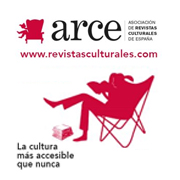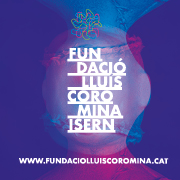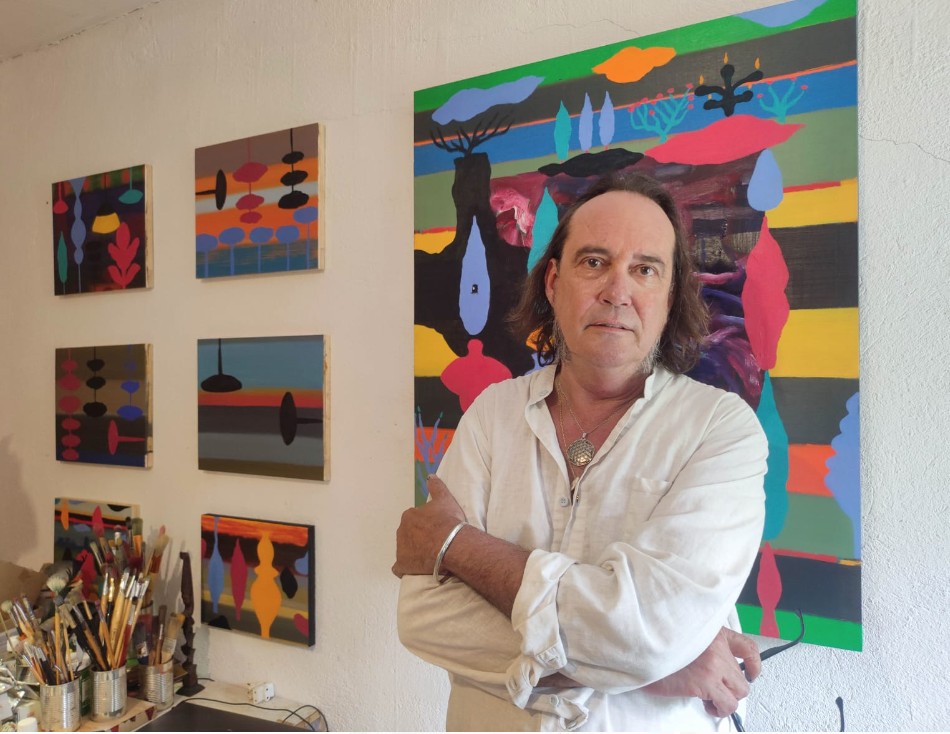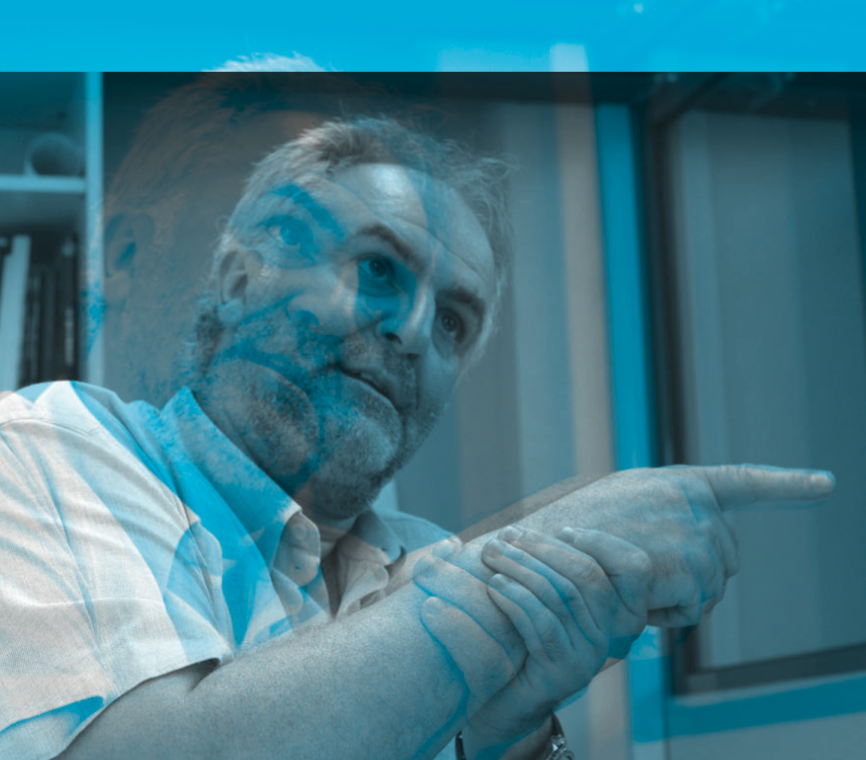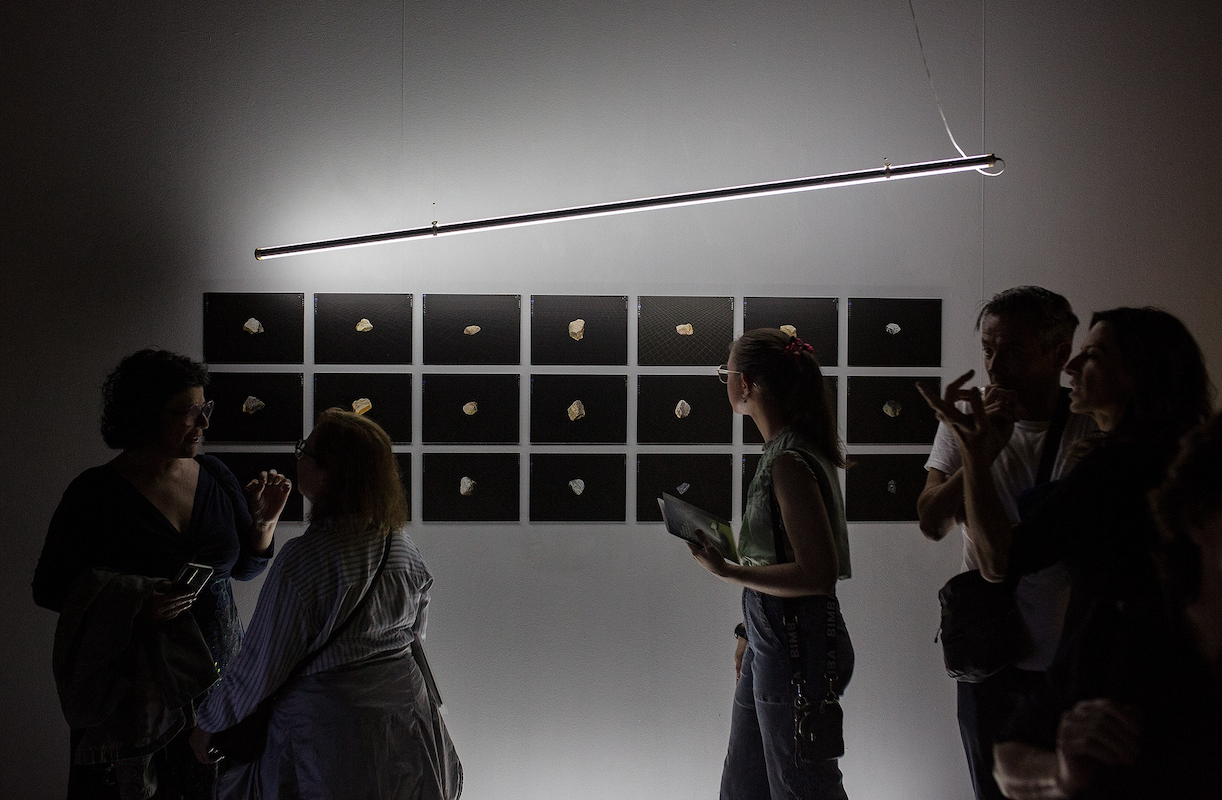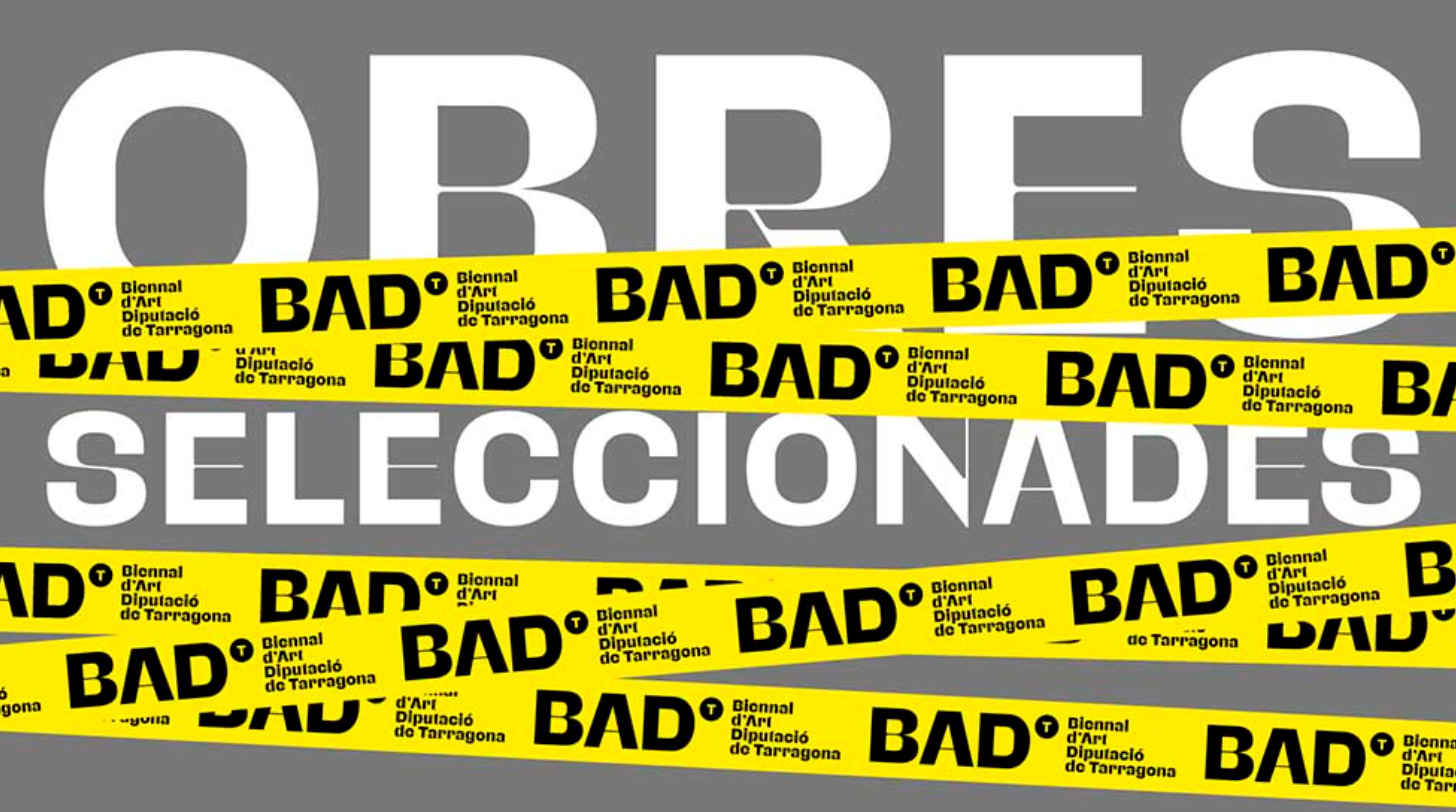Exhibitions
The guiding hand Josefa Tolrà and Madge Gill at the MNAC
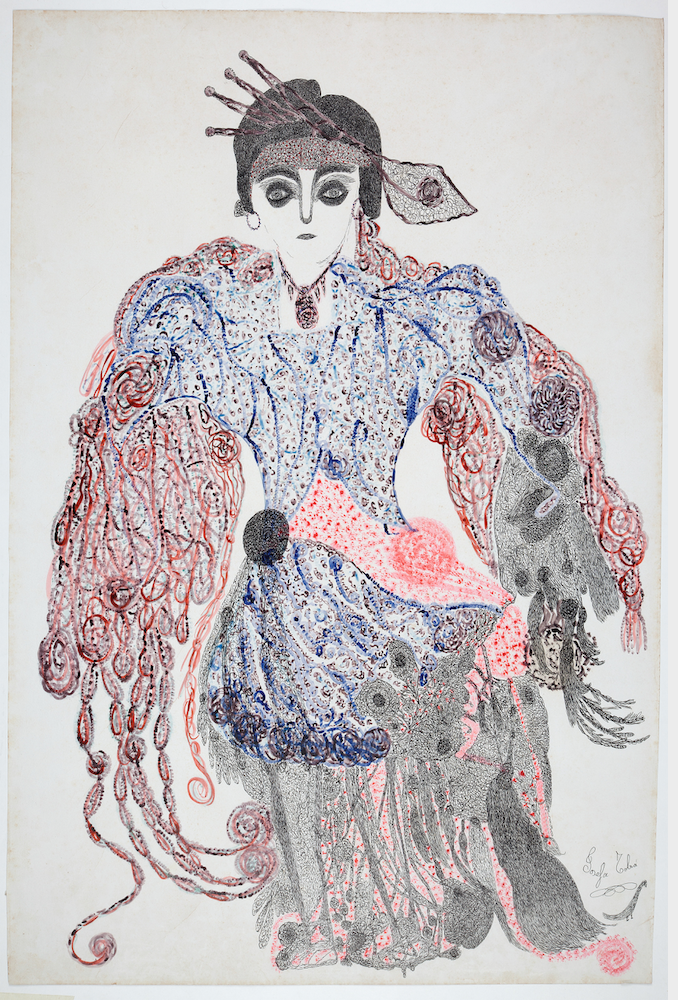
The MNAC brings together the Catalan artist Josefa Tolrà (1880-1959) and the British artist Madge Gill (1882-1961) in the exhibition The Guided Hand. This exhibition presents and analyzes the unique creativity of two women, the Catalan Josefa Tolrà (1880-1959) and the British Madge Gill (1882-1961). Artists of vast production who never thought of being recognized with this condition, both closely linked to esoteric knowledge and the methodology of the creative act guided by the automatism of the altered state of consciousness: "the guided hand".
The exhibition is curated by Pilar Bonet Julve, researcher in Art History, professor at the UB and art critic, with the support of the Visionary Women Art research group and can be visited until November 5, 2023. The MNAC has emphasized that they are two artists "closely linked to esoteric knowledge and the methodology of the creative act, guided by the automatism of the altered state of consciousness, the guided hand. The museum has remarked that Tolrà and Gill's drawings "evoke knowledge of great diffusion and popularity during the first half of the 20th century in Europe".
The MNAC has indicated that his creations make it possible to analyze from other perspectives the art of the first half of the 20th century in Europe and thus to recognize "in new aesthetic and ethical accounts of modern culture: new secular spiritualities (spiritism, theosophy , anthroposophy), other paradigms of art (dissolution of authorship, collaborative process of creation), the recovery of women's art techniques (drawing, embroidery, diaries), the healing function of art (non-commercial or show work), esoteric knowledge (tarot, astrology, pendulum, laying on of hands, prophecies) and the power and experience of an instinctive and liberating mysticism that is an experience of transcendence for humble classes".
Without artistic or literary training, the MNAC has remarked that both draw "subtle worlds populated by astral presences, write about the planets, reflect on scientific and moral issues and issue pacifist messages".
His extraordinary legacies, virtually unprecedented, were generated by overflowing academic art and in the development of psychic drawing, automatic writing and textile work of singular beauty. His creations allow us today to analyze from other perspectives the art of the first half of the 20th century in Europe and thus to recognize ourselves in new aesthetic and ethical accounts of modern culture: new secular spiritualities (spiritism, theosophy, anthroposophy ), other paradigms of art (dissolution of authorship, collaborative process of creation), the recovery of women's art techniques (drawing, embroidery, diaries), the healing function of art ( non-commercial or show work), esoteric knowledge (tarot, astrology, pendulum, laying on of hands, prophecies) and the power and experience of an instinctive and liberating mysticism that is an experience of transcendence for the humble classes .
These artists are part of a genealogy of the art of women who, far from the European aesthetic avant-garde, form a mystical "rear-guard" that from the domestic space fills the inner exile with an intense psychic experience and a powerful creativity . Without artistic or literary training, both draw subtle worlds populated by astral presences, write about the planets, reflect on scientific and moral issues and issue pacifist messages. Currently, his works leave the patrimonial marginality to occupy space and readings in important museums of modern and contemporary art such as the Museo del Prado, the Macba, the George Pompidou or the Albertina.

